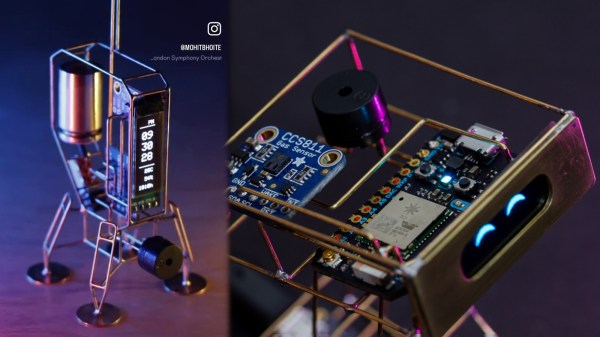There’s a Gitlab vulnerability that you should probably pay attention to. Tracked as CVE-2023-7028, this issue allows an attacker to specify a secondary email during a the password reset request. Only one email has to match the one on record, but the password reset link gets sent to both emails. Yikes!
What makes this worse is there is already a Proof of Concept (PoC) released, and it’s a trivial flaw. In an HTTP/S post containing the password reset request, just include two email addresses. Thankfully, a fix is already out. Versions 16.7.2, 16.6.4, and 16.5.6 contain this patch, as well as fixes for a flaw that allowed sneaking unauthorized changes into a previously approved merge request, and an issue with Slack and Mattermost where slash commands could be spoofed.
VMware
We don’t want to over-dramatise this vulnerability, but VMware is calling it an emergency. This one affects VMware vRealize and Aria Automation. According to the the CVSS calculator, it’s a low complexity network flaw, but does require at least some privileges. Hopefully more information will come out about this vulnerability, but for now that’s about all we know.
Continue reading “This Week In Security: Gitlab, VMware, And PixeFAIL”















